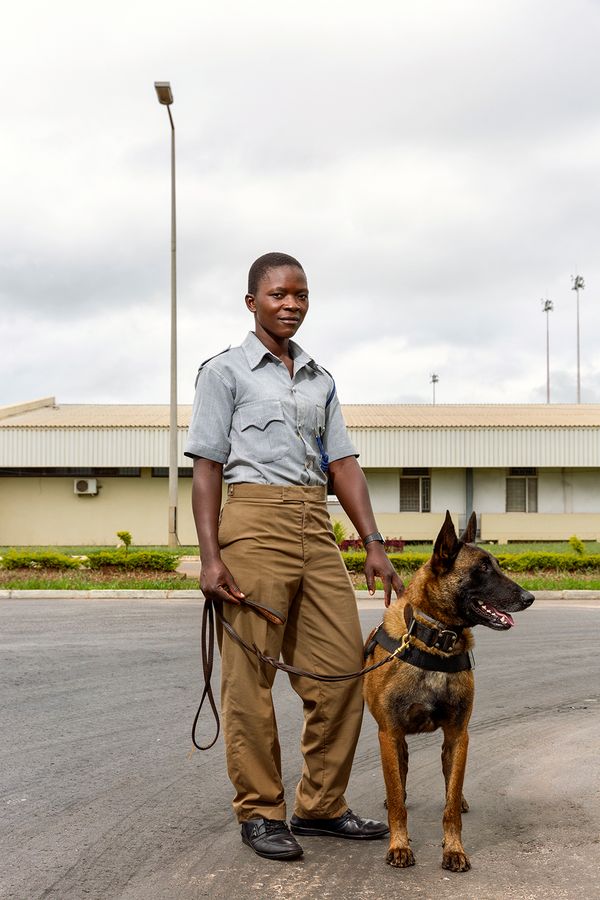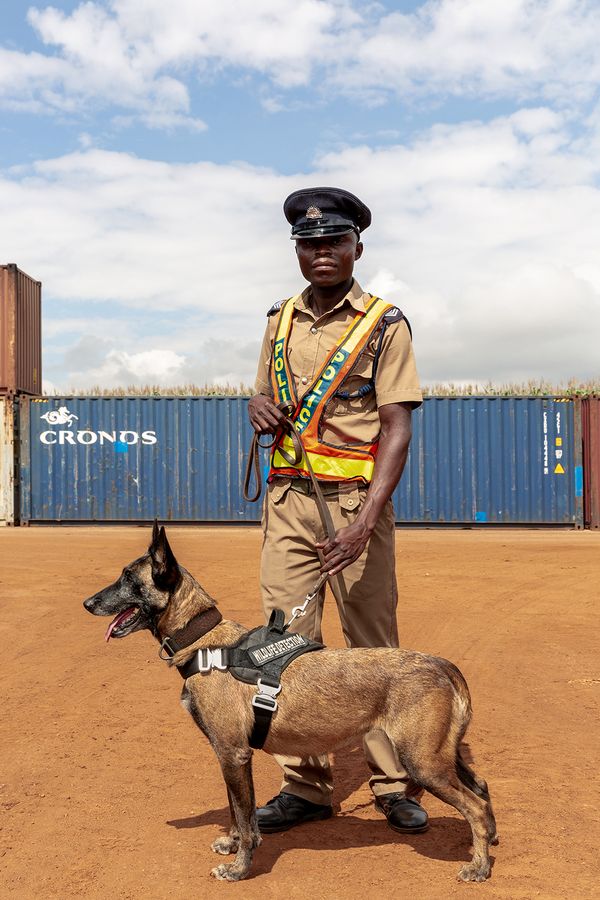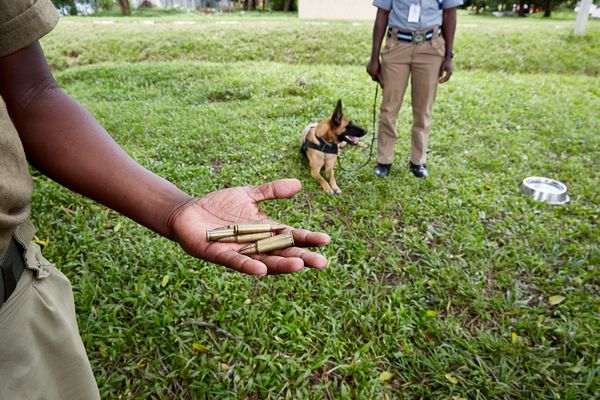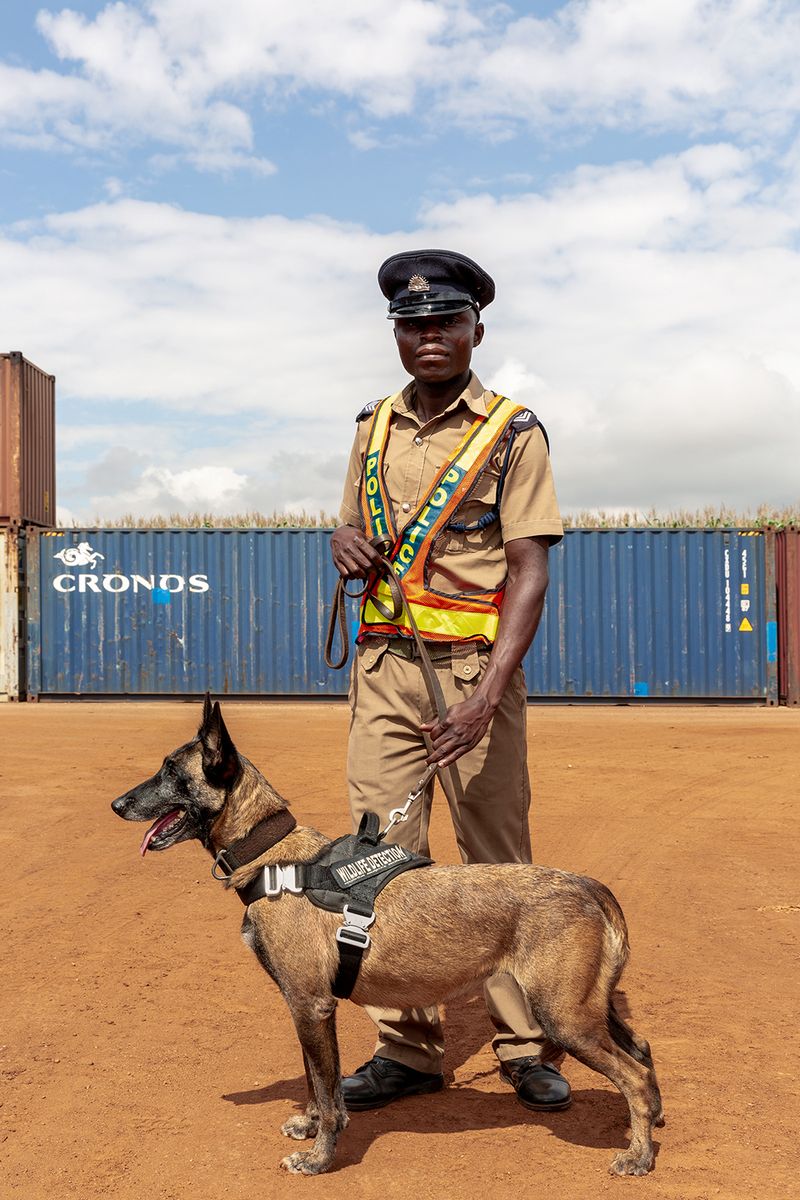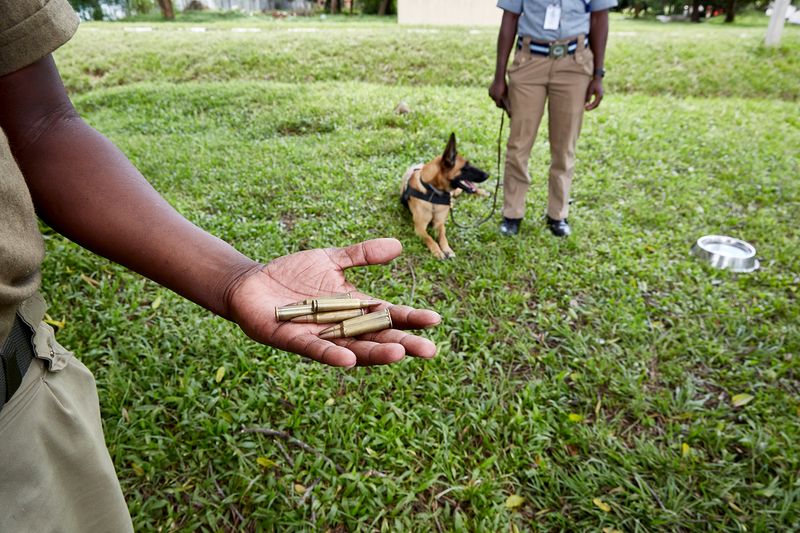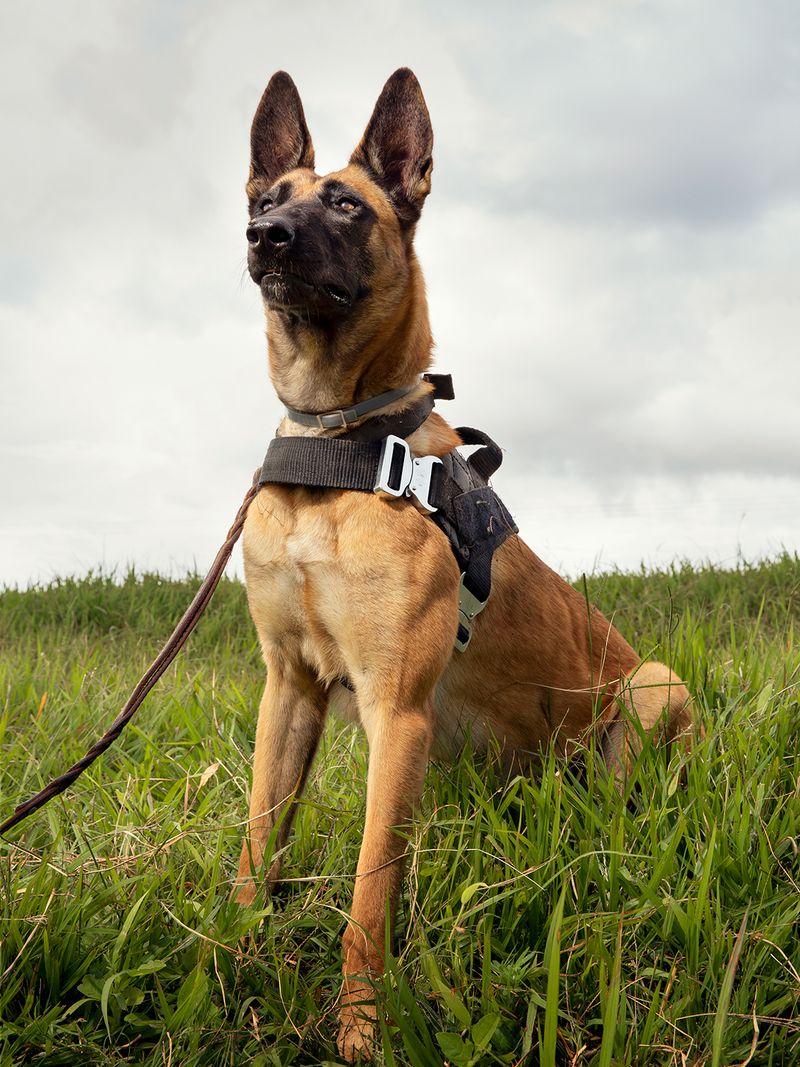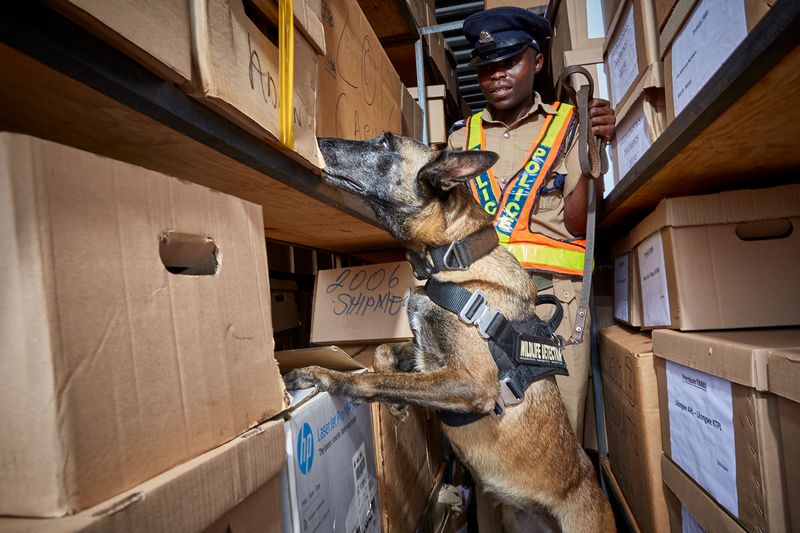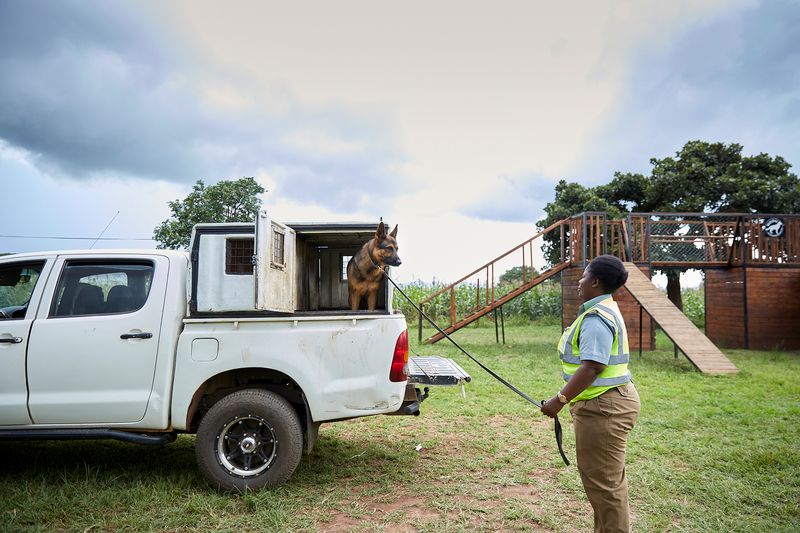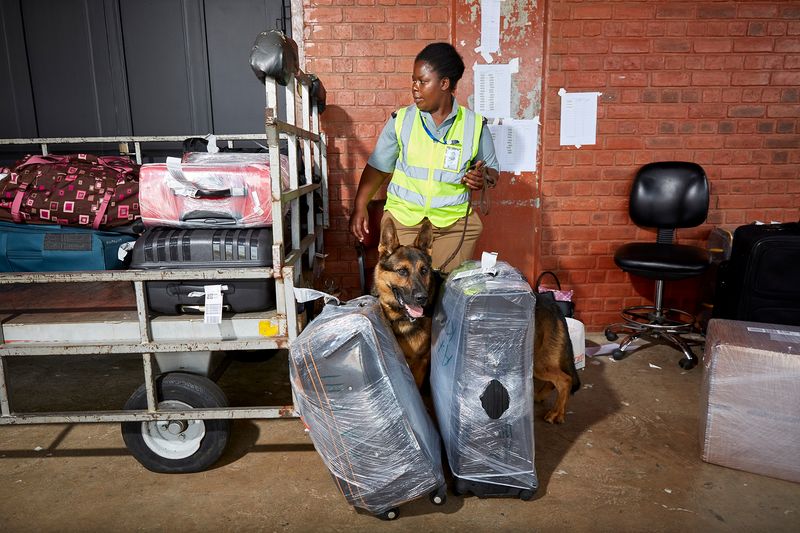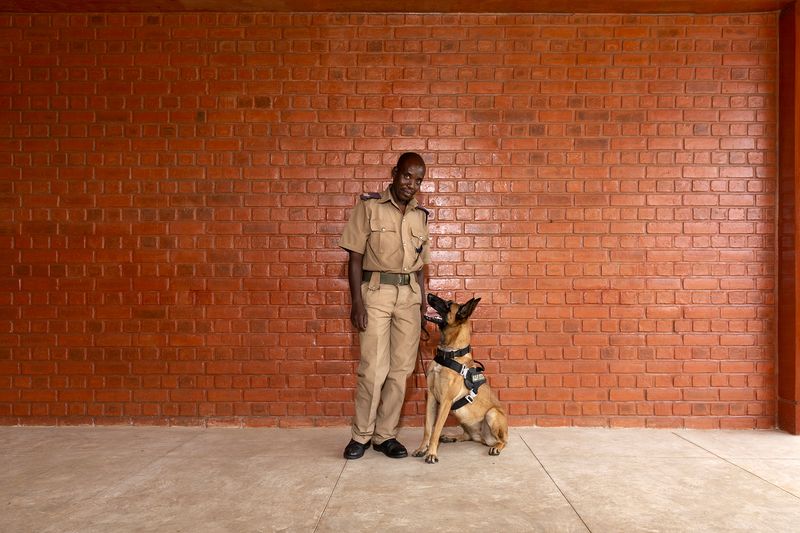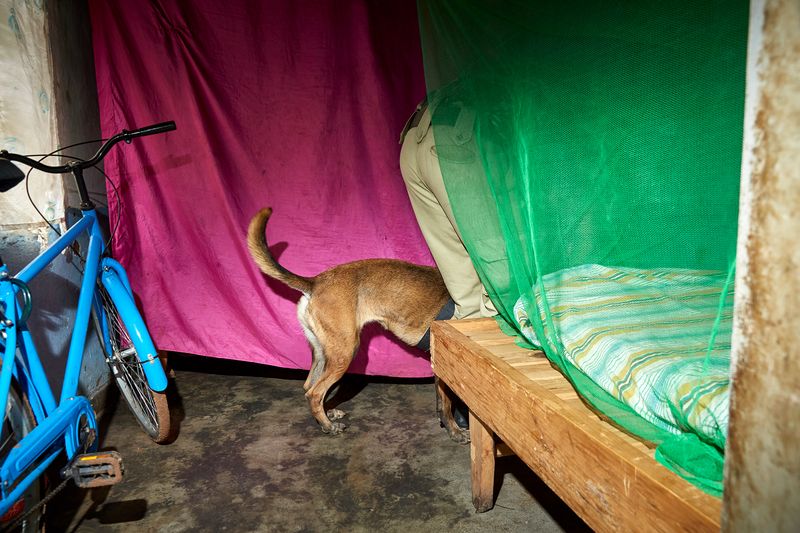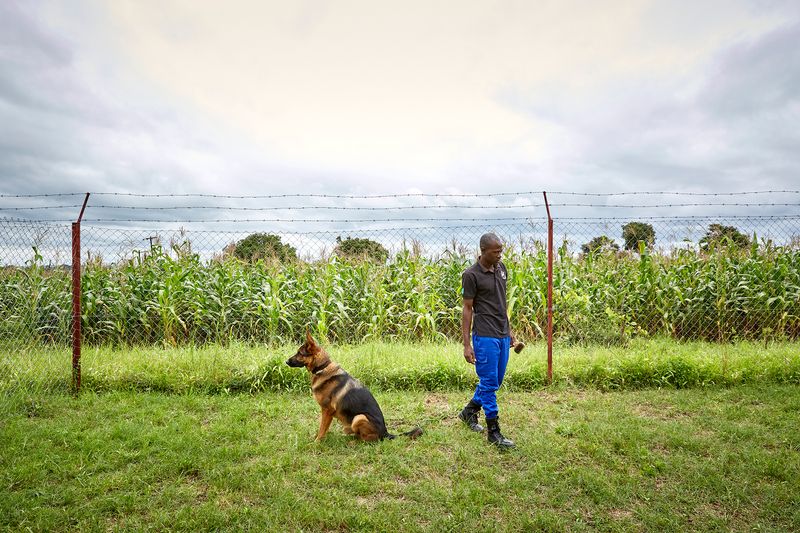Sniffing Out Wildlife Crime With Malawi's First Detection Dog Unit
-
Dates2020 - Ongoing
-
Author
The Wildlife Detection Dog Unit (WDDU) is on the frontline of Malawi’s war against wildlife crime. The five dogs and nine handlers not only deter poaching and help preserve wildlife populations, they fight against the illegal wildlife trade which is suspected of having led to repeated outbreaks of viruses which are highly contagious, and deadly: e.g. MERS, SARS, Swine Flu, and now COVID-19.
The WDDU is based near Kamuzu International Airport (KIA), outside Lilongwe, Malawi’s capital. KIA is both the country’s busiest airport, and was Africa’s second biggest wildlife trafficking hub, until the WDDU began their daily patrols there.
Thanks to their help, Malawi has, in the space of a few years, gone from one of Africa’s primary illegal wildlife trafficking centers to a nation with some of the strongest legislation in the world. What was a $40 fine for committing a wildlife crime is now a five-year sentence, on average. There are hundreds of arrests a year, with a custodial rate of 90%, and 2019 marked the first time that a non-African national was sent to jail for wildlife crime. This is a remarkable transformation for a small African nation which, until recently, was considered an ideal hub for wildlife trafficking.
